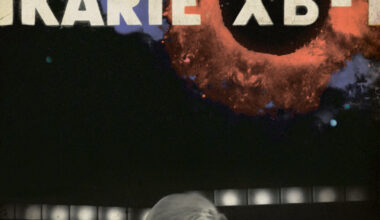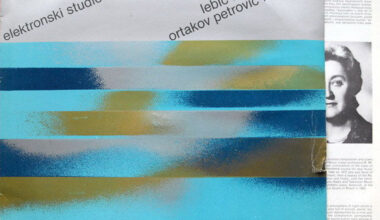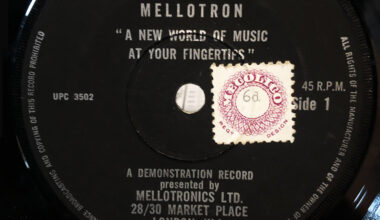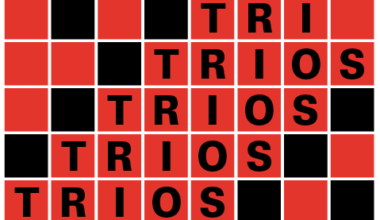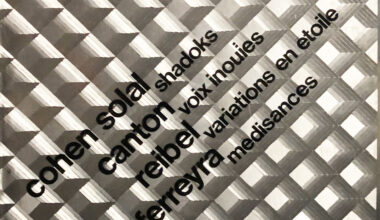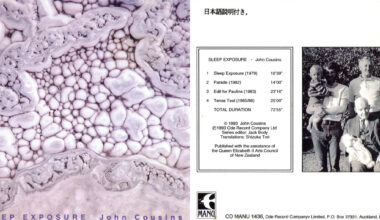50 years after its premiere, Kubrick’s ‘2001: A Space Odyssey’ masterpiece is as stunning as ever. Our resident archivist Jack Dangers particularly enjoyed the sound design… oh, and the music
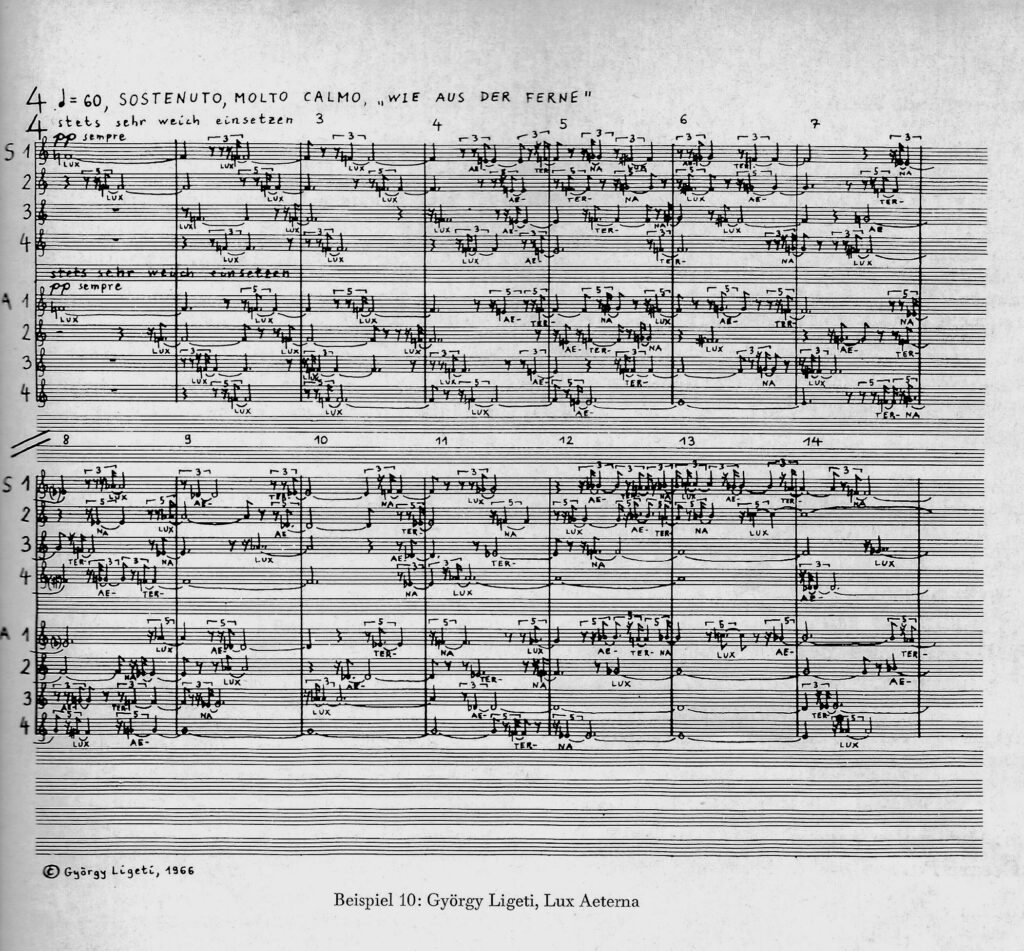
I went to see ‘2001: A Space Odyssey’ recently. It was at the IMAX theatre in San Francisco. I first saw it on TV in the 1970s, when I was a kid. It’s two hours and 40 minutes long, but when I saw it at the IMAX it felt like it lasted 20 minutes, it was that good. And the thing that really got me was the sound and the music.
The sound is just incredible. I can’t really describe it, but the Stargate scene was just noise for minutes and minutes. The whole place was shaking. If there had been an earthquake going on outside, you wouldn’t have known. It was unbelievable.
I don’t think the film gets properly recognised for its sound design, probably because the visuals and the whole concept of the piece is so overwhelming. For example, the scene where they’re having their picture taken on the Moon in front of the monolith, and all of the sudden there’s that piercing noise; everyone in the cinema put their hands over their ears. I’ve never seen a reaction like that. That’s the way it’s supposed to be seen and heard.
They had six channels of sound back then on the original 70mm print. In the IMAX cinema they could send the sub bass to the amazing Dolby system they’ve got there. With Dolby’s HQ on the same street you’d expect them to have a pretty good sound system.
The soundtrack goes from the soothing and gentle orchestra playing ‘The Blue Danube’ to sheer Merzbow-level noise terror. The sub-bass was making my eyes vibrate. How much better than that can it be? I was loving it.
And then there’s the detail in the sound design that I hadn’t picked up on before, like when HAL is on the screen there’s a low hum that makes it even more sinister and unsettling. Many of the other noises are incredible, like the little alert sounds coming from the computers and equipment. There’s a scene when the sound is like data transferring over SCSI. It’s a tiny little detail, but I’d never really noticed it before.
And then of course, there’s the music. There’s the official soundtrack album, which is OK as far as it goes. It’s just a compilation of tracks. But more interesting is how Kubrick came to use Ligeti’s music in the first place, and the original release. He used ‘Lux Aeterna’, which was first released on the album ’Neue Chormusik I’ by a label called WERGO in 1965. The album is a compilation of then-new pieces, and has work on it by Anton Webern, Henri Pousseur, Dieter Schnebel, Luigi Nono, Sylvano Bussotti and Hans Otte as well as a very nice insert with images of Ligeti’s score.
WERGO was set up in 1962 by a Dr Werner Goldschmidt (the WE and the GO came from his name) and released lots of avant-garde music. Stockhausen, Terry Riley, John Cage, Steve Reich, Pierre Boulez and Mauricio Kagel were all released on WERGO. It would have been this album that Kubrick heard. Actually, it was his wife and an assistant who heard it first.
They were listening to BBC Radio one night when this was played. They thought it sounded like nothing else they’d heard, and it led them to the other pieces that were used in the film, ‘Aventures’, ‘Requiem’ and ‘Atmosphères’.
Kubrick didn’t ask permission to use the music, and Ligeti wasn’t too happy about it. I think the exact reaction was “shocked and appalled”, although that was more because he was sharing screen time with Strauss and hadn’t been paid, rather than how the film employed his music, which he actually liked.
Millions of people have been exposed to Ligeti’s music who probably would never have heard it otherwise. And it still sounds utterly other worldly and terrifying.
